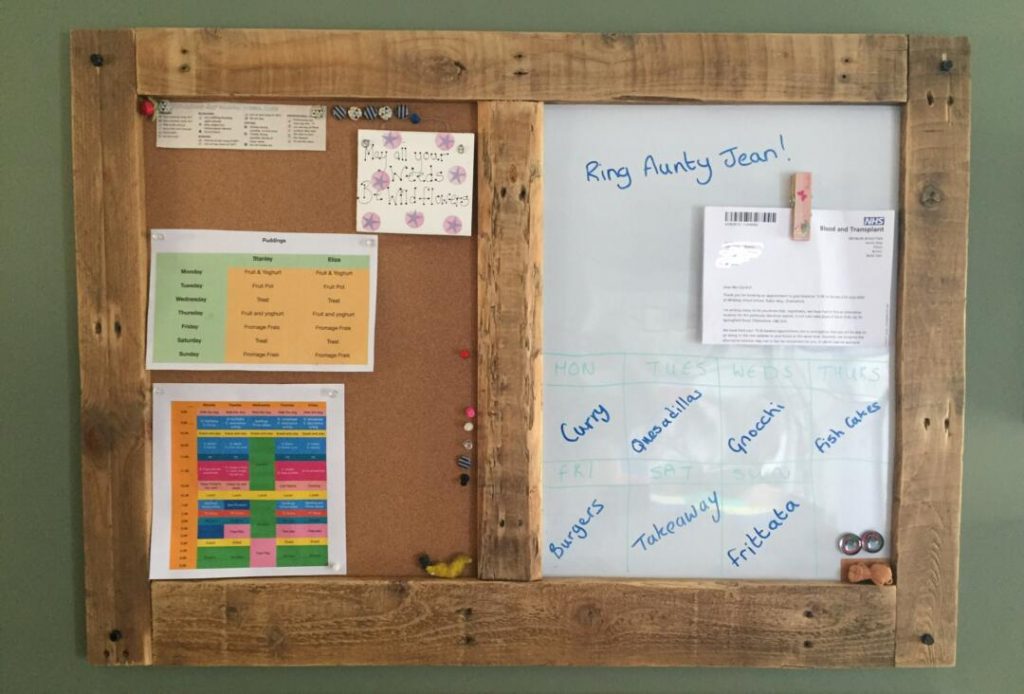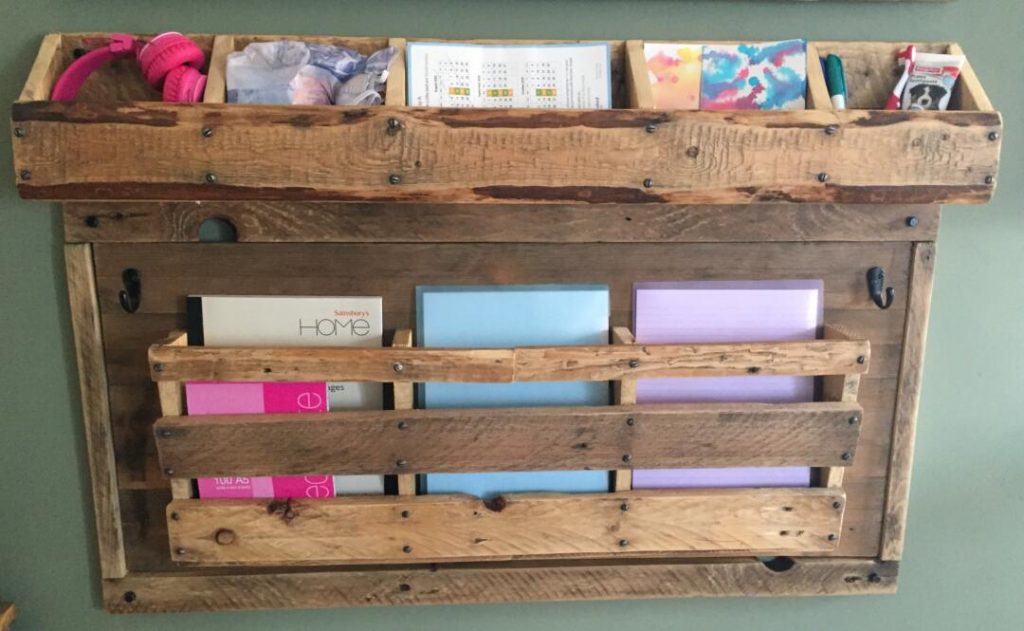Dealing with clutter when you have kids
#This guest post is by a fellow blogger, why not give them a little support on their Twitter & Facebook channels
When you first think about having children, it’s easy to imagine a beautifully decorated, minimalist nursery with natural materials, pastel colours and matching curtains. Unfortunately, it’s not usually long before the reality of plastic tat, primary colours and clutter everywhere start to kick in. There are ways to keep your home looking nice when you have children though and a good starting point is to minimise to the amount of clutter you have. These tips will help you deal with the clutter that comes when you have children.
Start as you mean to go on: Clutter in the Baby Years
Ideally, you should start your parenting life with a view to minimising the clutter your baby brings with it. Before you start buying baby stuff, do plenty of research to decide what you really need. Manufacturers of baby equipment are very good at playing into new parent’s fears and creating products that they don’t need. Create a list of the items you think you need then ask in parents groups and forums what people bought but didn’t use and remove anything that looks like it might be useless from your list. With advent of Amazon Prime, we don’t need to buy things “Just in case” we can get anything it turns out we do need, delivered to our door, in 24 hours or less.

Toddler Clutter – When the Mess Really Gets Started
When you had a baby, the clutter at least stayed where you left it. Once they are toddlers, they will move the mess around and nowhere will be safe from the toy clutter. I have two main tips for minimising toddler clutter, borrow instead of buying and toy rotation.
Toddler toys have a relatively short lifespan so it makes sense to borrow them. If you have a toy library near you then I would recommend making use of this. If not, see if any family or friends have any toddler toys stashed away that they can lend you. Even if you can’t borrow toys for your toddler, you can definitely borrow books. No one needs a bookcase full of picture books when you can go to the library and borrow different ones every week. Most libraries don’t charge fines on children’s books so you don’t even need to worry about them being late.
My next suggestion is toy rotation. This is something you can start with toddlers (or even babies if they end up with a lot of toys) and carry on in the preschool and even early school years. Essentially, you separate their toys into sets, how many depends on how many toys you have. The aim is to have a good variety of toys in each set. You then put all but one set away and then change them for another set when you feel it’s time. If you’d like to learn more you can read this detailed guide to toy rotation.
Getting Organised with preschoolers
Preschoolers generally have the same amount of toys as toddlers but are usually ready to start helping you keep them tidy. If you haven’t already, this is a good age to get them involved in tidying up after themselves. If you’re using toy rotation there shouldn’t be too many toys to clear up and this will make the task feel less daunting for both of you. It’s worth investing in some storage so that toys can be stored nicely and your child can be encouraged to take pride in looking after their things.
Preschoolers also usually have a lot of craft materials and this is another area it’s worth investing in storage for. We had a whole cupboard dedicated to the craft and messy play things but it was off-limits without adult supervision. No one needs children with unrestricted access to glitter in their house.

School Related Clutter
Once children start school, you’ll be surprised to find that brings its own clutter. School bags and school shoes need an area to be stored, ideally somewhere children can reach themselves. This avoids them just dumping them on the floor when they come home.
The school will send home a seemingly endless stream of letters and for a long time we had an “admin pile” in our kitchen of school letters, party invitations and other life admin waiting for me to deal with them. We solved this area of clutter by creating a command centre where we stored all of these as well as having a whiteboard to write our dinner plan and corkboard to pin useful information like the bin schedule.
Once children are at school age they can start to take some responsibility for keeping their bedrooms tidy. Start by helping them have a big declutter and then consider a “one in, one out” rule to keep on top of the amount of stuff they have.
General Tips for Minimising Clutter When You Have Kids
- The way most of us end up with houses full of toys is that kind family members give our children gifts. If your child already has enough “stuff” consider asking for “experience gifts” like taking them out for the day or an annual pass to somewhere, instead.
- Make decluttering a regular part of your schedule, we have a rolling programme every few months of decluttering the playroom, we move things into storage and if they aren’t missed by the children for a few months, we get rid.
- Tidy up once a day, it might be hard to sit in a messy house but following your children around tidying up after them is fighting a losing battle and may well ruin the fun they have playing. Let them make all the mess they want as long as it’s tidied up before bed.
- Avoid tat as much as you can, we avoided taking our kids to McDonalds for years mostly so they wouldn’t bring the toys home, their Christmas stockings are filled with useful things because I don’t want to give them tat and while I can’t do anything about the party bag tat they receive (and adore) I avoid tat in the party bags I give as much as possible.
- I would also advise doing thorough research on the items you do buy to make sure you get the best one. As well as saving you from ending up with more clutter by having more things, it will also save you money.